Concrete is the Cinderella of flooring materials. Long relegated to life as a subfloor–and covered up by a host of materials deemed more suitable for display, such as wood, tiles, and carpeting–it’s currently having its day in the sun. Hardworking, low maintenance, versatile, affordable, and in it for the long term, polished concrete is an undeniably appealing floor choice–but, like everything, not without its faults. Is it the one for you? Let our guide help you decide.
Above: Architects Specht Harpman installed polished concrete floors across the expanse of a 19th-century gambrel barn that they renovated in Connecticut. Expansion joints are incorporated into the floor to control and minimize cracking. Photograph by Michael Moran, courtesy of Specht Harpman Architects.
What is polished concrete?
Concrete is a natural composite material made from an aggregate (typically rocks, river stones, and granite chips) combined with a cement binder (such as limestone and calcium sulphate) and water. For those wondering what the difference is between concrete and cement, the simple answer is that cement is a component of concrete: Sidewalks are made of concrete, not cement.
Transforming concrete into a smooth and decorative surface for flooring requires treating it with a concrete densifier, a chemical that’s applied over the concrete surface to fill the pores. Once the surface is prepared and dried, it’s then ground with grinding tools that get progressively finer to achieve the desired finish. Polished concrete is measured in grades and finishes: the higher the grade, the larger the exposed aggregates; similarly, the higher the finish, the shinier the polish.
Above: Diamond-polished concrete floors in the Amagansett, New York, home of Tiina Laakkonen and Jon Rosen. Tour the whole house in the Remodelista book and Rhapsody in Blue. Photograph by Matthew Williams.
Why are concrete floors in vogue?
Like all things utilitarian, concrete floors are having a moment. Thanks to the stalwarts of modernism and their form-follows-function mandate, the material has become synonymous with honesty and integrity. When working with large open spaces, concrete floors are an easy and cost-effective way to achieve a unifying aesthetic–one that offers a seamless transition from interior to exterior. And with its thermal conducting properties, concrete works particularly well with radiant floor heating systems, warming up large swaths of floor space efficiently. (Like the idea of cost-effective warmth underfoot? See Remodelista 101: 5 Things to Know About Radiant Floor Heating.
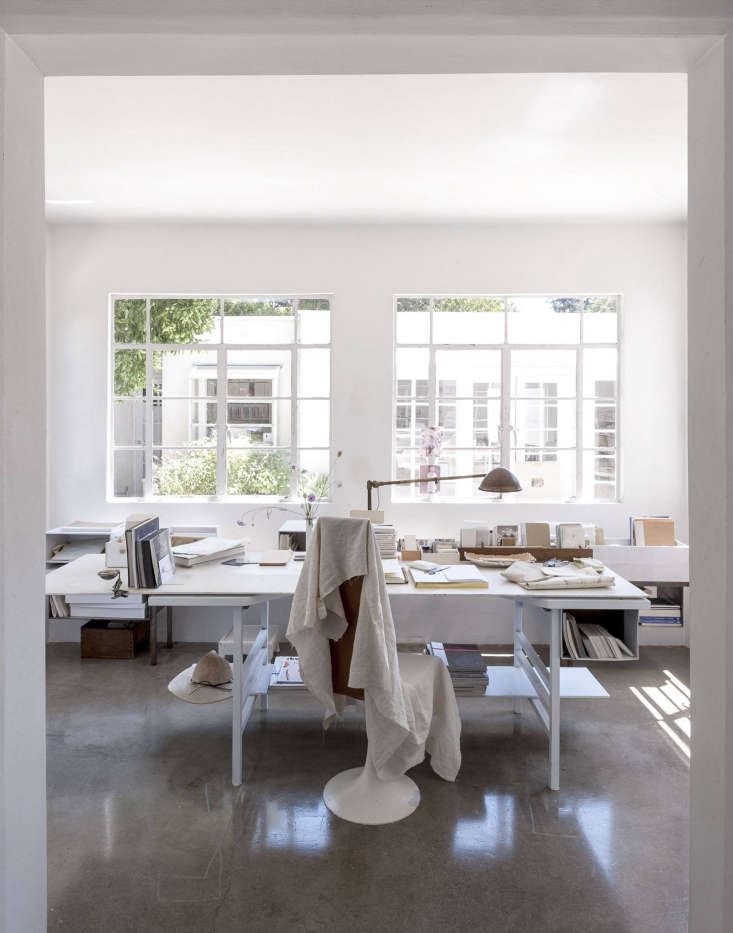
What are the challenges involved in installing a concrete floor?
Just because concrete implies utility doesn’t mean that working with it is simple. “I love polished concrete for its visual appeal and its performance as a floor,” says London architect Johnny Holland of Hacket Holland (a member of the Remodelista Architect/Designer Directory), “however, I have a few words of cautionary advice. The process is not as simple as it sounds, and because the material is wet at first, the timing of all the steps is critical and must be carried out by a specialist.” Here’s what some of those specialized steps involve: Before pouring, the concrete has to be vibrated to remove air bubbles. During pouring, the concrete must be leveled perfectly and expansion joints must be incorporated to avoid cracking after it’s in use. To create a smooth surface, a trowel machine known as a power float gets run over the concrete at exactly the right moment in the curing when it’s still quite wet. “The entire process from start to finish occurs over a matter of weeks, and the surface must be protected against potential damage while it dries,” continues Holland. “The specialist contractor then returns to polish the floor, which is done mechanically with abrasive grits–usually with a diamond content. This is not a job for a DIYer–or even most ordinary builders.”
What kinds of textures, colors, and finishes are available for concrete floors?
If you’re installing a new concrete floor, the choices of textures, colors, and finishes are nearly limitless. Texture and finish are determined by the grade of concrete used, how it’s poured, and the polishing process. Color can be introduced in several ways: Pigment can be mixed into wet concrete to achieve any desired color (colored aggregates, too, such as stones, marbles, and pieces of glass, can be added), or an acid- or water-based stain can be used to color dry concrete.
Above: A stair that’s a red ribbon of concrete runs through this London House designed by architect Jonathan Tuckey.
Do concrete floors need to be sealed, and what sort of maintanence is involved?
Concrete is susceptible to oil, water, and pet stains, so sealing is recommended–and an easy process (use your installer’s recommended sealing product). Your floors will need to be resealed every two to three years to keep them looking as fresh as when they were installed. Maintaining a concrete floor is simple: Once a week or so, run a dust mop over it to pick up dirt and fine particles, and then mop with a gentle cleanser. Your installer may have products to recommend.
Can you change the finish or color of an existing concrete subfloor?
You may be living with concrete floors and not know it: Concrete subfloors often exist beneath another flooring material, so all you have to do is remove the top layer. The exposed concrete floor will likely have a rough finish that requires polishing. The possibilities depend on the quality and condition of the concrete; check with a specialist to find out what can be achieved. Options for changing the color of an existing concrete floor are limited to what you can apply on top: concrete stains or paint.
How much does a concrete floor cost?
A polished concrete floor is an attractive option for many reasons, including the price. The average cost is $4 to $5 a square foot.
Above: Amanda Pays and Corbin Bernsen opted for a polished concrete floor when they transformed a workshop/shed into a bunkhouse for visiting children and guests. For the full tour, see Backyard Bunkhouse, Hollywood Royal Family Edition.
Polished Concrete Floor Recap
Pros:
- Strong and durable.
- Affordable.
- Little maintenance required.
- Good thermal conductor for radiant floor heating.
- Develops a rugged patina.
Cons:
- Uncomfortable to stand on for long stretches.
- Can be cold without radiant floor heating.
- Concrete isn’t for perfectionists: It cracks and stains easily, but that rugged look can also be considered charming.
- The material has less give, which means dropped items often break.
Embarking on a kitchen remodel? To get started, read Questions to Ask When Choosing Your Kitchen Countertops. For more advice, go to our Remodeling 101 archive.
N.B.: This post is an update; the original ran on February 20, 2014.

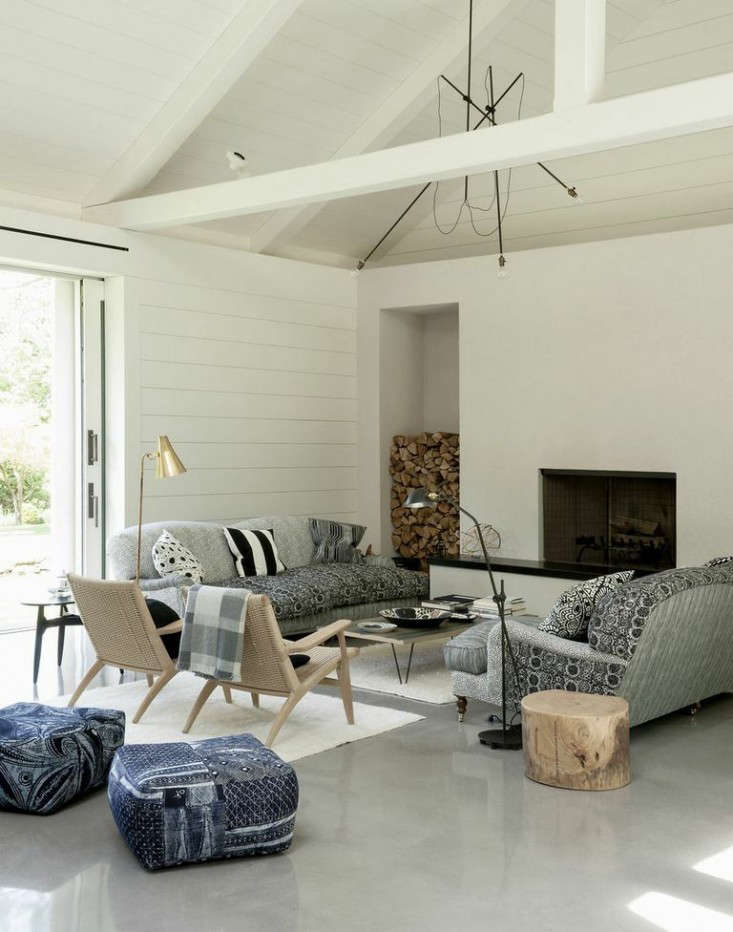
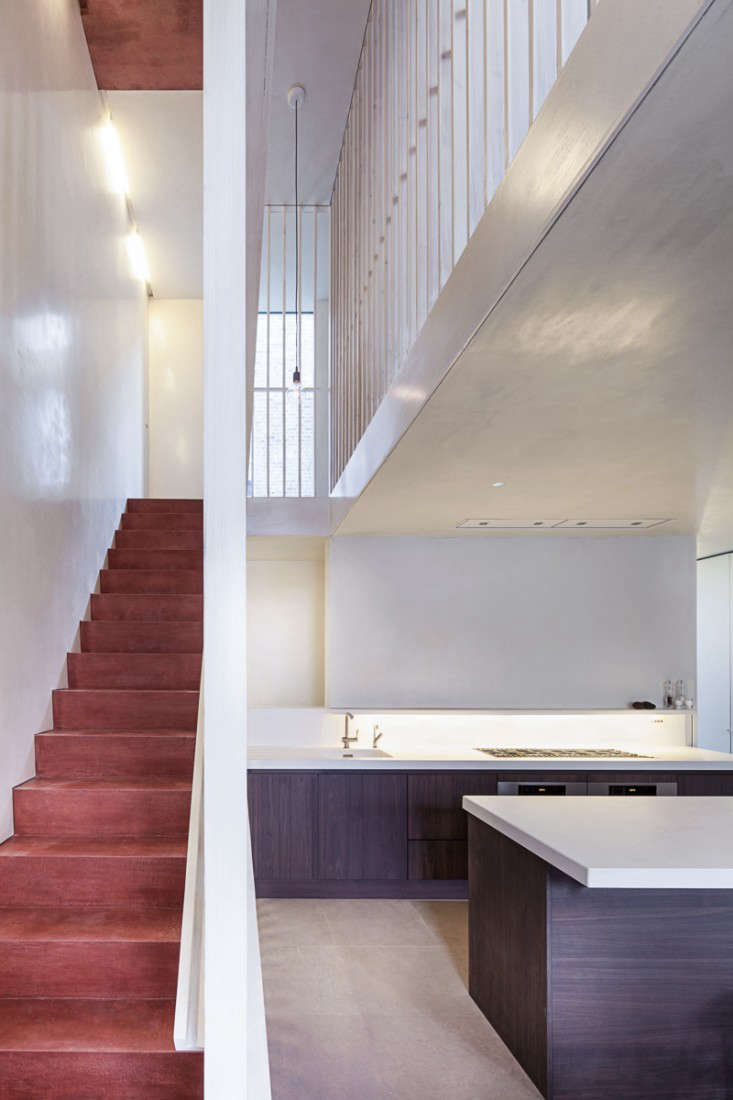
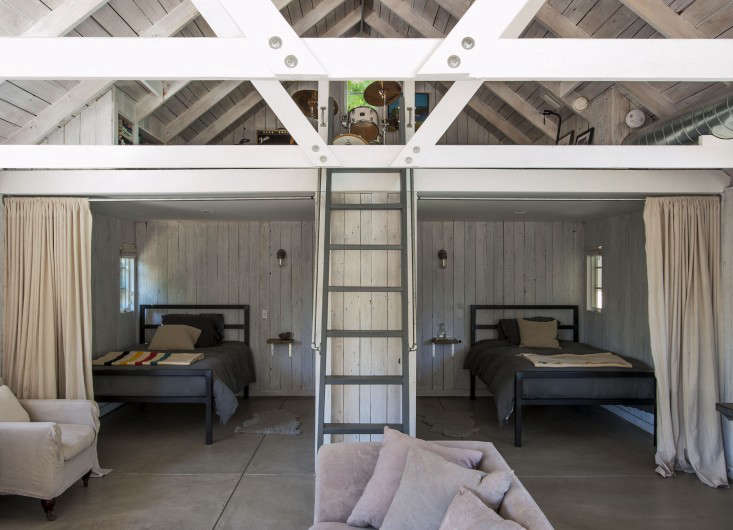

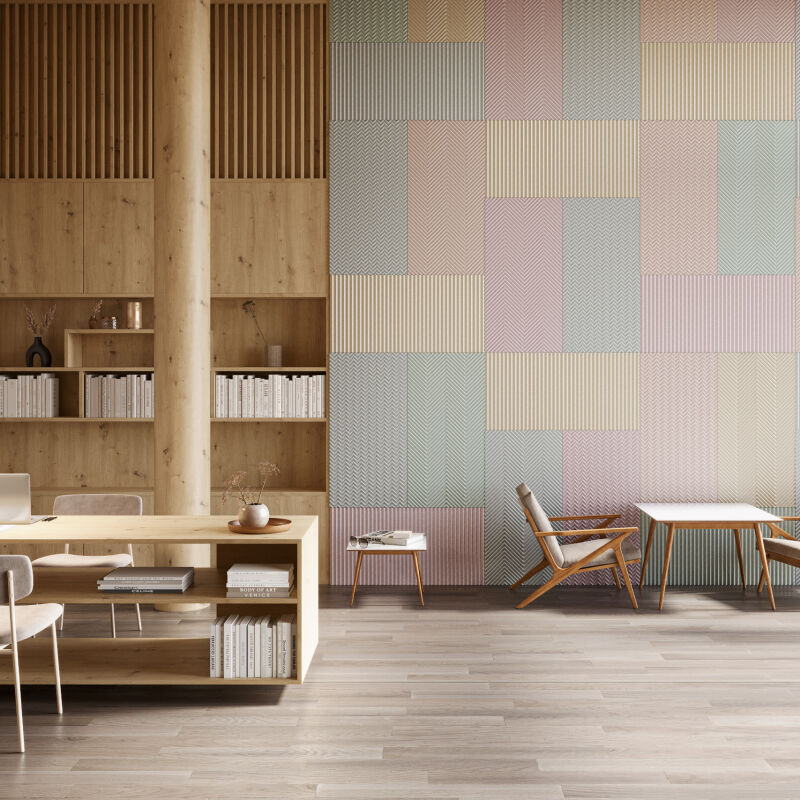


Have a Question or Comment About This Post?
Join the conversation